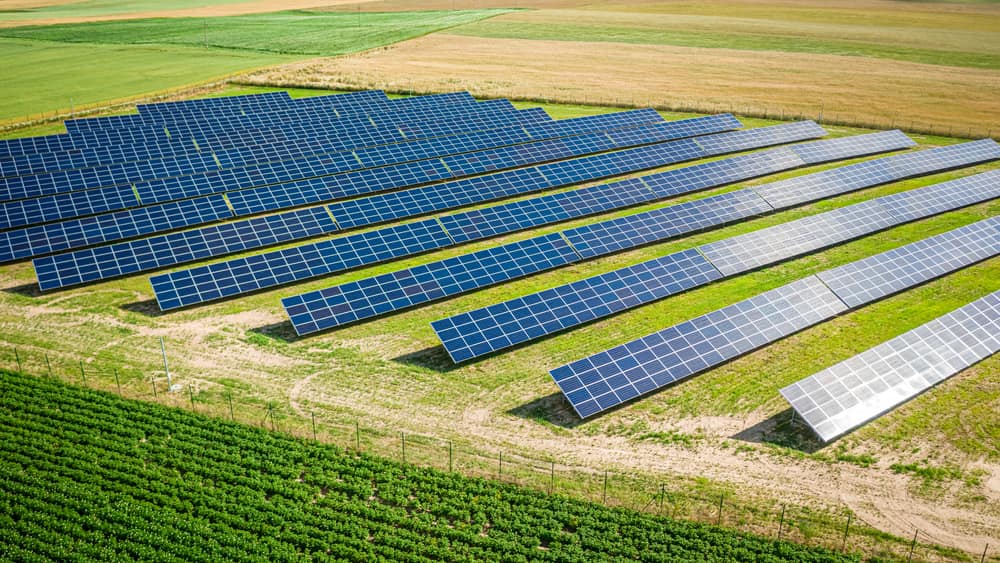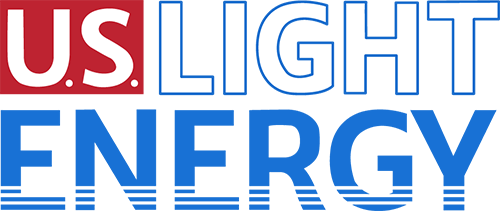
The push towards renewable energy sources has never been more prominent, and Illinois is at the forefront of this movement with its comprehensive solar incentives. Community solar projects, particularly, are gaining traction as they offer a collaborative approach to harnessing solar energy. These projects enable multiple participants to share the benefits of a single solar installation, making solar energy accessible to those who may not have the resources or space for individual solar panels. By leveraging state incentives, Illinois communities can significantly reduce the financial burden of transitioning to renewable energy, contributing to the state’s ambitious renewable energy goals.
What are Illinois Solar Incentives?
Illinois has a robust set of solar incentives to increase the adoption of renewable energy. Central to these incentives is the Illinois Renewable Portfolio Standard (RPS). Created in 2007 and amended in 2016, the RPS is a state policy that requires electric utility suppliers to source a certain percentage of electricity from renewable energy sources by a given year. For instance, RPS aims to reach 25% renewable energy usage by 2025. It will increase to 40% by 2030, with an ultimate goal of 100% by 2050. This ambitious goal is supported by programs and incentives designed to reduce the financial burden of solar energy projects, making them accessible to more residents and communities.
Illinois Solar Incentives
The Illinois Power Agency (IPA) plays a crucial role in managing the state’s renewable energy portfolio. It oversees the procurement of renewable energy credits (RECs) and administers various programs that support community solar projects. The IPA’s efforts ensure that Illinois meets its RPS goals while promoting the growth of the solar industry within the state. Illinois offers a range of incentives to encourage community solar projects. Here’s a breakdown of the key programs:
Illinois Solar Renewable Energy Credits (SRECs)
SRECs are a significant financial incentive for community solar projects in IL. When a community solar project generates solar energy, it earns SRECs that can be sold at the market rate to utilities required to meet renewable energy standards. The revenue from selling SRECs can offset the cost of installing and maintaining solar panels, making solar energy a more attractive investment for communities.
Illinois Shines Program
The Illinois Shines program, also known as the Adjustable Block Program, offers financial incentives for community solar subscribers through solar bill credits. When subscribers participate in community solar, they are automatically eligible for a guaranteed 10% off their utility bill. The approved vendors who develop solar farms in IL are paid for the SRECs the project produces. These vendors, then, pass on the savings to subscribers.
Illinois Solar For All Program
The Illinois Solar For All program ensures that low-income communities can access solar energy’s benefits. This program provides incentives to reduce the cost of solar installations for organizations serving low-income residents. By making solar more affordable, the program aims to increase the participation of underrepresented communities in the state’s renewable energy transition. An income-eligible household, including homeowners and renters, must have a gross income that does not exceed 80% area medium income (AMI). Public facilities and non-profit organizations can also participate by serving as anchor tenants for a community solar project. An anchor tenant subscribes to a large share of the solar project and receives SRECs on utility bills. Anchor tenants must be identified during the community solar project’s development phase instead of waiting until it’s fully funded and operational like other subscribers.
Illinois Solar Incentives – FAQs
Is solar worth it in Illinois?
Yes, solar is worth it in Illinois due to state incentives that significantly reduce the cost of installation. The state’s commitment to renewable energy and programs like Illinois Shines and Solar For All make community solar projects attractive and viable options for many communities.
How much does it cost to go solar in Illinois?
With community solar, there is no upfront cost. All community solar projects are developed on land in the local area and connected to a power grid for subscribers to consume. There’s no need to install any solar equipment on your property. To subscribe, all you need is an account with a utility company. When you subscribe to community solar, you’ll see a reduction in your utility bill.
Is there a net metering program in Illinois?
Yes. Several utility companies in Illinois offer net metering programs that provide energy credits to households and businesses that produce their own solar energy. Net metering programs provide energy credits for surplus energy. There’s no need to be a participant in other incentives like Solar For All or Illinois Shines to take advantage of a net metering program.
Does Illinois offer a state tax credit for solar?
While Illinois does not offer a state-specific tax credit for solar installations, programs like Illinois Shines and Solar For All provide substantial financial support for community solar projects. Also, the revenue from selling SRECs can significantly reduce the overall cost of going solar.
U.S. Light Energy (USLE) is a New York-based distributed generation energy development company specializing in community solar facilities and renewable energy solutions in Illinois. With USLE, community solar subscribers can save a guaranteed 10% on their utility bills, reduce dependency on fossil-fuel-driven energy, and fight climate change. If you’re interested in leasing land for community solar development, contact us today! Our unique feasibility process can determine if your land is right for solar. U.S. Light Energy is leading the charge for a new generation.
